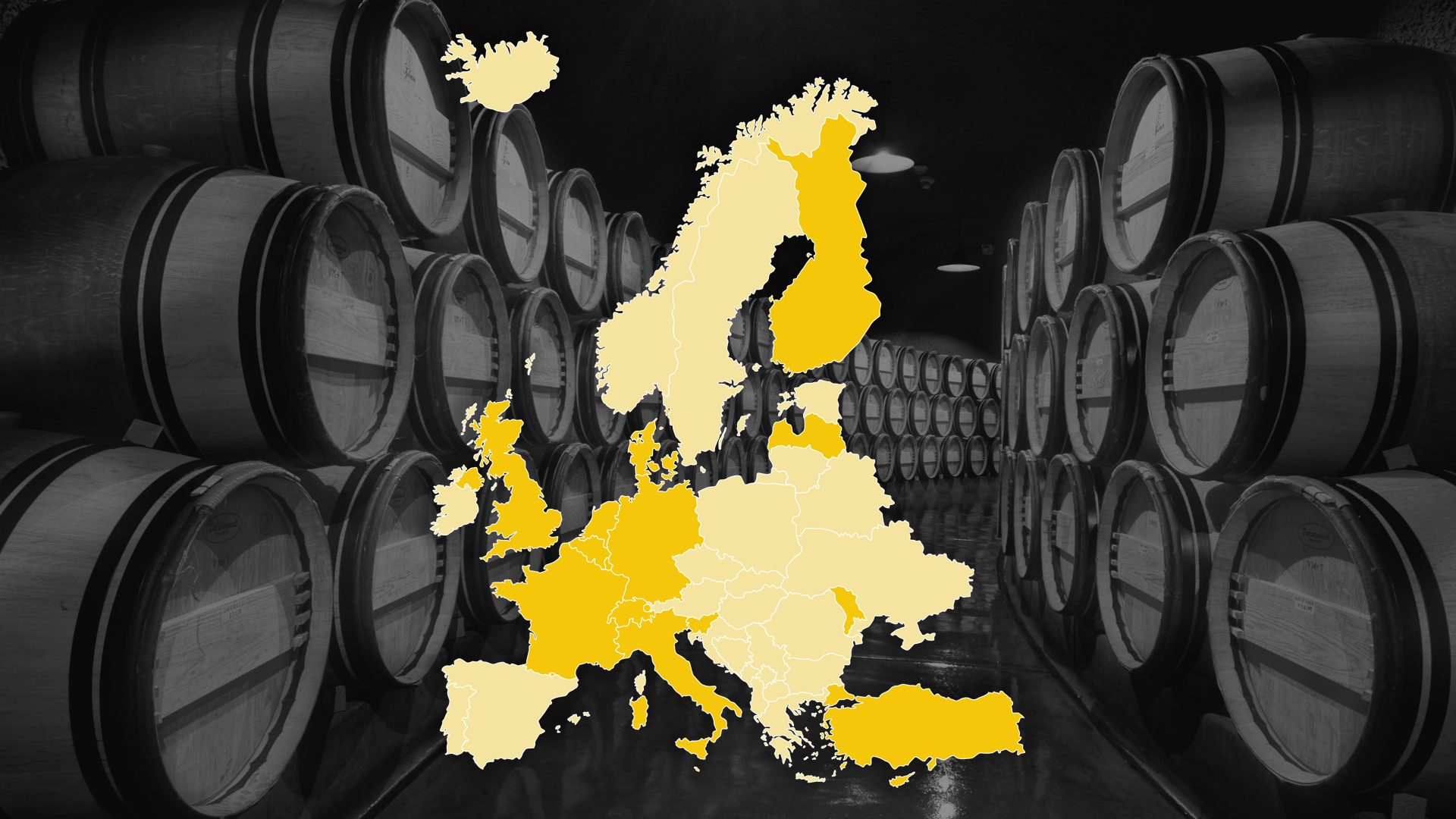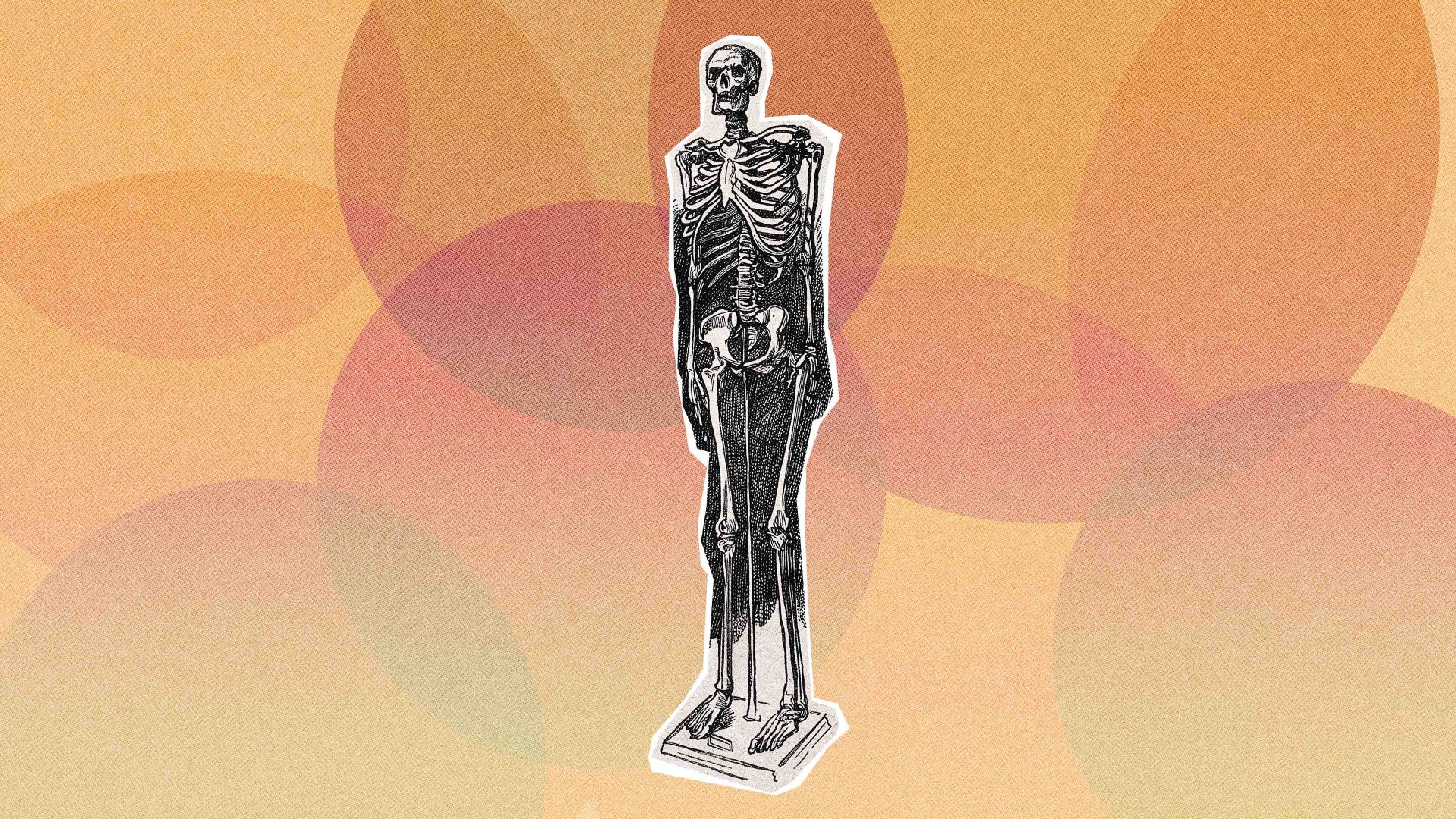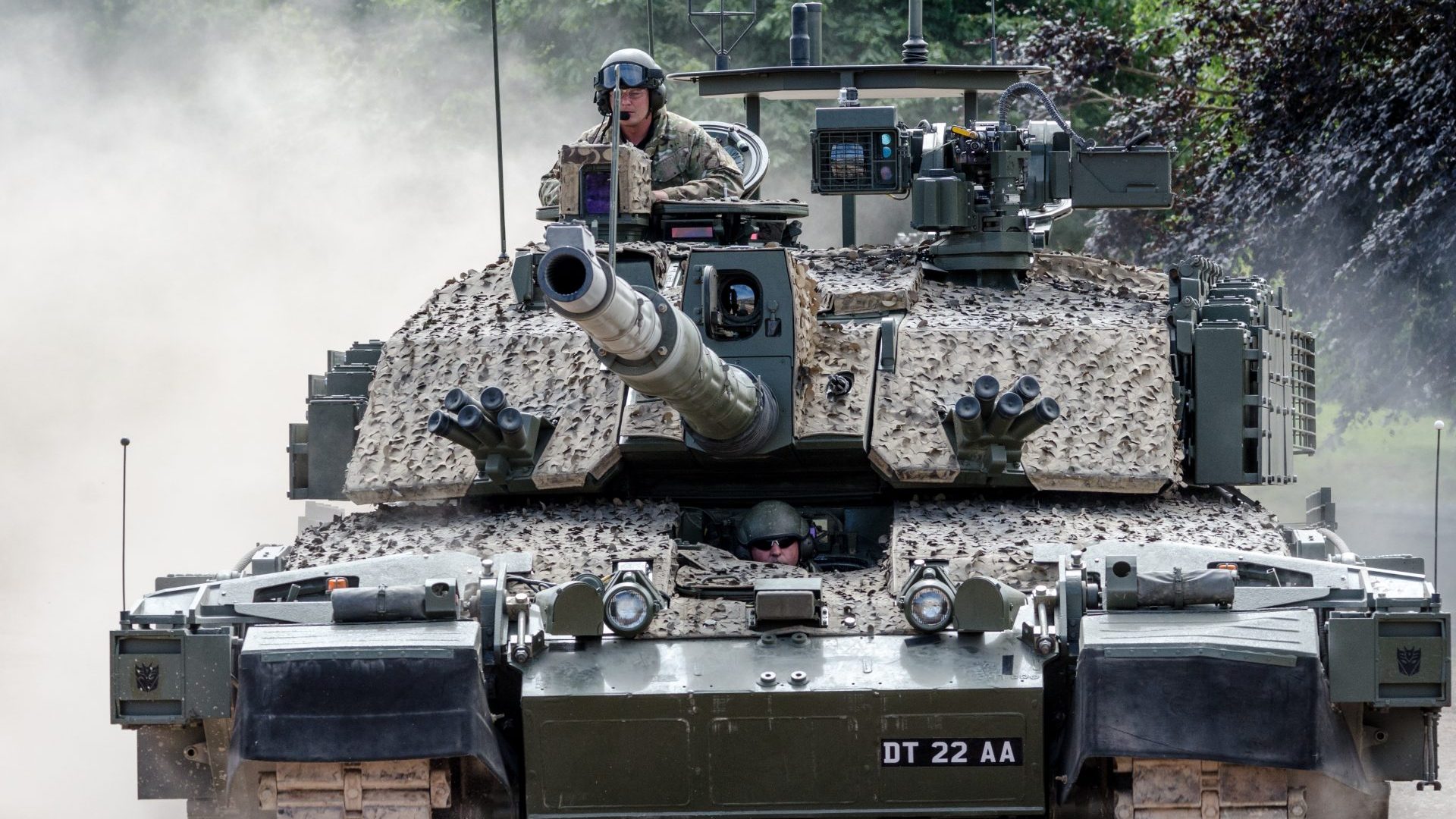UK
In what is commonly regarded as one of Europe’s booziest countries, the charity Alcohol Change UK created the concept of Dry January in 2013. There are signs that their efforts are working: according to newly released figures for 2020 from the Organisation for Economic Co-operation and Development (OECD), Brits now drink an average of 9.7 litres of pure alcohol per adult per year, 0.1 litre less than the EU average. This is the equivalent of around nine pints of low-strength beer or six large glasses of wine a week. British alcohol consumption dropped by 4% in the decade up to 2020.
FINLAND
The original Dry January was staged in wartime Finland, where in 1942 the government launched a “Sober January” campaign as part of its war effort against the Soviet Union. However, it did not gain traction with Finns and failed to appear in 1943. Fast forward to 2020, though, and the nation ranks towards the bottom of the OECD report, which found that Finnish adults drink just over 8 litres of alcohol a year.
GERMANY
Drinking occupies a prominent place in Germany’s national culture, with pre-pandemic Oktoberfests drawing in 6 million visitors each year. The OECD report found that Germans drink 10.6 litres of pure alcohol per adult per year. Coronavirus lockdowns didn’t help; by the end of March 2020, wine sales were up 34% and spirit sales up 31% month-on-month.
FRANCE
Wine is embedded in French culture, accounting for 58% of all the alcohol drunk in France. In 2019, the country had one of the highest alcohol consumption rates in Europe, trailing behind only Estonia, Lithuania and the Czech Republic, according to the World Health Organization (WHO). But a National Institute of Cancer (INCa) initiative asking people to limit their intake to two glasses a day – which 24% of adults were previously regularly surpassing – seems to have had an impact. Between 2010 and 2020, the OECD saw an 18% drop in all alcohol consumption in the decade to 2020, and the average French adult now drinks 10.4 litres of alcohol per year, just above the continent’s average.
MALTA
Together with Bulgaria, Malta saw a 13% rise in alcohol consumption between 2010 and 2020 – the secondlargest increase in Europe. This came in spite of a 2018 crackdown, which, among other measures, cut the drink-drive limit for motorcyclists and new drivers by 75%, and for other drivers by nearly 50%. Yet critics say the new laws have been implemented ineffectively, and that when the legal drinking age in Malta remains at 17 it’s hardly surprising that, in 2021, the OECD found that a fifth of those over the age of 15 engaged in bingedrinking once a month.
LATVIA
The European country with the highest alcohol consumption rate – at 12.1 litres per adult, 3.3 litres more than the European average – is Latvia. Between 2010 and 2020, the newly crowned drinking capital of Europe also had the largest increase in drinking levels, at 19%. According to the WHO, over half of Latvian alcohol users above the age of 15, and more than two-thirds of drinkers between the ages of 15 and 19 engage in bingedrinking. The nation’s approach to alcohol tax is often blamed; the Latvian government is concerned about alcohol taxes interfering with cross-border trade. In 2019, for example, its neighbour Estonia reduced alcohol tax by 25% and, in response, Latvia decided to cut its previously planned tax increase from 39% to 5% in order to stay competitive.
TURKEY
The consumption of alcohol is forbidden in Islamic culture. Turkey, however, is an anomaly in the Muslim world as alcoholic drinks can still be consumed and enjoyed by locals even though its sale is restricted. Alcohol cannot be bought from shops or markets between 10pm and 6am, but it can be purchased 24 hours a day in restaurants, bars and hotels. In January last year the president, Recep Tayyip Erdoğan, brought in a new tax rise that further hit Turkey’s drinking culture and nightlife, with alcohol becoming 30% more expensive overnight. Turkey also has strict drink-driving laws – the legal limit for driving is 0.05% blood alcohol level if you are alone; if you have a passenger you must have no alcohol in your system at all. As a result of all this, the country has the lowest levels of alcohol consumption in Europe, at just 1 litre per adult.



